Giant Beaked Whale
Although there are two distinct species of large beaked whales, they are termed collectively as just Giant Beaked Whales as they are quite similar to each other. These two species are:
- Berardius arnuxii – Arnoux’s Beaked Whale, also known as the Southern Four-toothed Whale, Southern Beaked Whale, New Zealand Beaked Whale, Southern Giant Bottlenose Whale, and the Southern Porpoise Whale
- Berardius bairdii – Baird’s Beaked Whale, also known as the Northern Giant Bottlenose Whale, North Pacific Bottlenose Whale, Giant Four-toothed Whale, Northern Four-toothed Whale, and the North Pacific Four-toothed Whale
Arnoux’s Beaked Whale was first described in the scientific community by Duvernoy in 1851 through a skull that was found in New Zealand. Arnoux was the Doctor on board of the ship that carried the skull from New Zeland to France, where Duvernoy analysed it.
Baird’s Beaked Whale was named after Spencer Fullerton Baird who was a past Secretary at the Smithsonian Institution. It was first described by Leonhard Hess Stejneger from a specimen that was found in the Bering Sea, in 1883.
Arnoux’s Beaked Whale and Baird’s Beaked Whale have very similar features, and it would be very hard to distinguish which whale was which is they did not live in areas far away from each other. Scientists can tell the difference between these two whales through their length. The Arnoux’s Beaked Whale were estimated to be up to 12 meters at sea, however all the whales that have been stranded are much smaller than these estimates. Meanwhile, it is confirmed that the Baird’s do grow up to 12 to 13 meters long.
Everything else is similar. They have a very prominent, long beak even compared to other beaked whales. In addition, their lower jaw is longer than the upper jaw, and their front teeth can be seen even if their mouth is closed. Their bdy shape is quite slender, and has a uniform colour. Their flippers and dorsal fin is also quite small. Both of these species have white scars all over of their body as they age, which is thought to be a rough indicator of age and not because of fights with other sea animals.
As mentioned above, they live in separate areas which is why they are treated as separate species, scientifically speaking. As you can tell by their names, Arnoux’s Beaked Whale lives in the Southern Ocean where as Baird’s Beaked Whale is only found in he North Pacific Ocean, Sea of Japan, and the Sea of Okhotsk.
Fortunately for Arnoux’s Beached Whale, it has rarely been whaled. Despite the fact that there have been no studies to estimate its population, it is considered not endangered.
On the other hand, Baird’s Beaked Whale were hunted primarily by Japan in the 20th century. The USA, Canada, and the former USSR also hunted this species. The USSR killed 176 before they ended whale hunting in 1974. American and Canadian whalers killed 60 before whale hunting ended in 1966. Japan on the other hand, killed 4000 before the 1986 whaling moratorium. This species is not protected under the International Whaling Commission’s moratorium on commercial whale because Japan argues that they are a small cetacean species despite the fact that they are actually larger than mink whales which are protected. Every year, 62 Baird Beaked Whales are hunteed for commercial purposes in Japan where their whale meat is sold for human consumption. Funnily enough, the Mammalogical Society of Japan actually lists them as being a rare species in Japanese waters, despite the fact that they still hunt it.
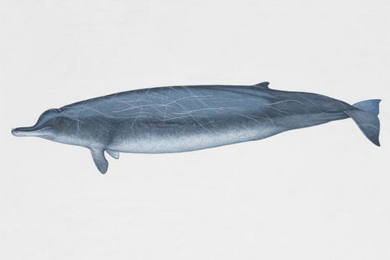
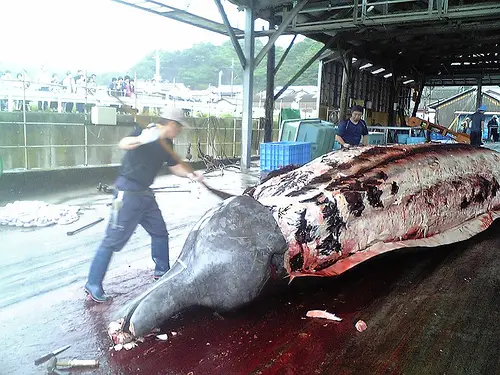
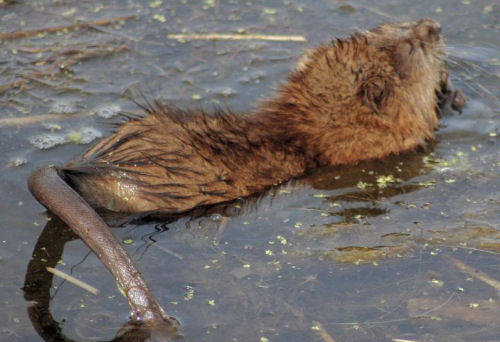
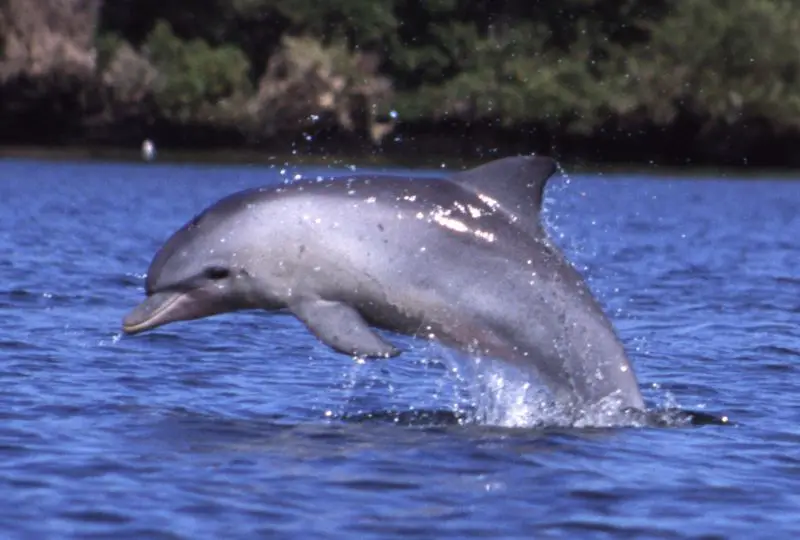
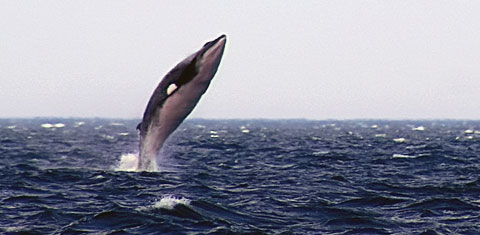
sick people